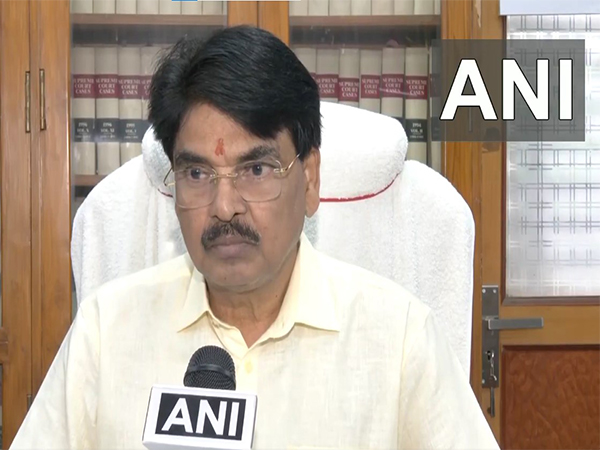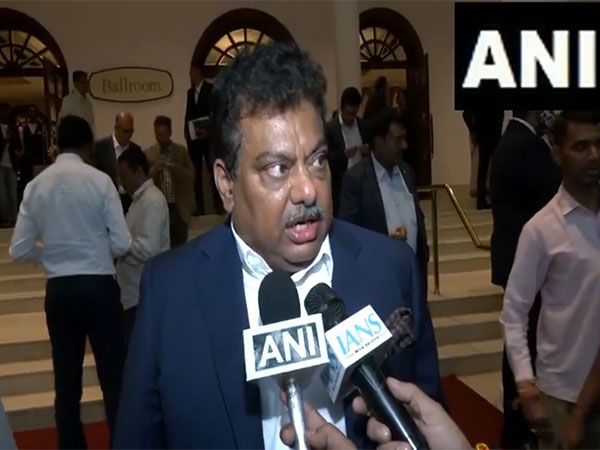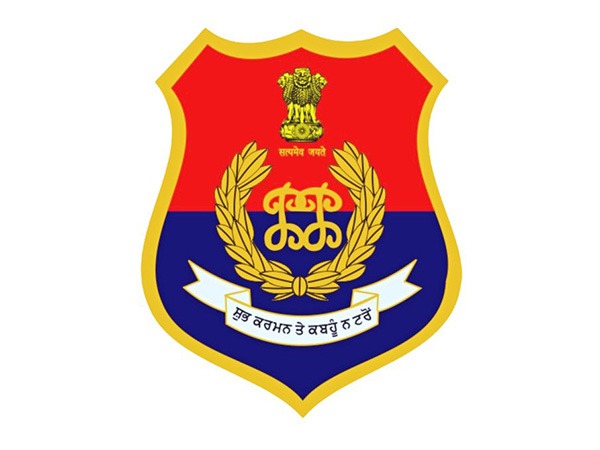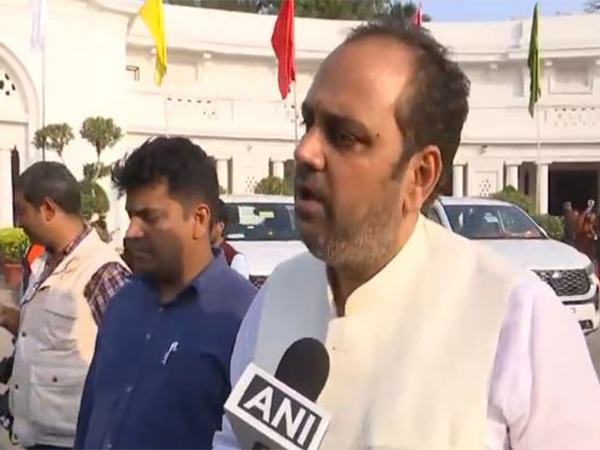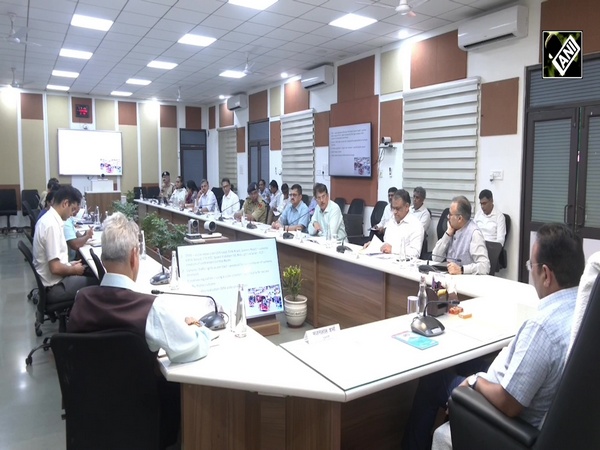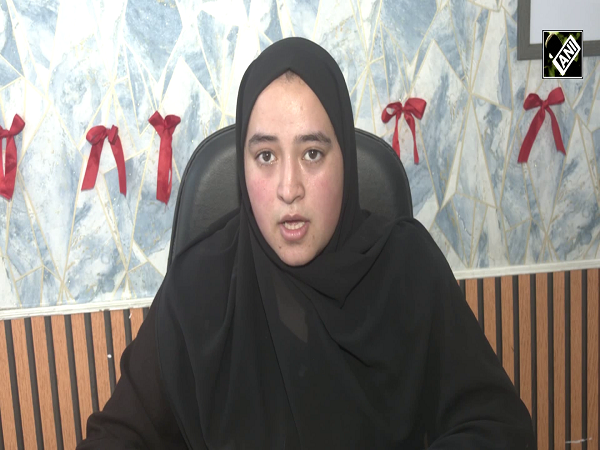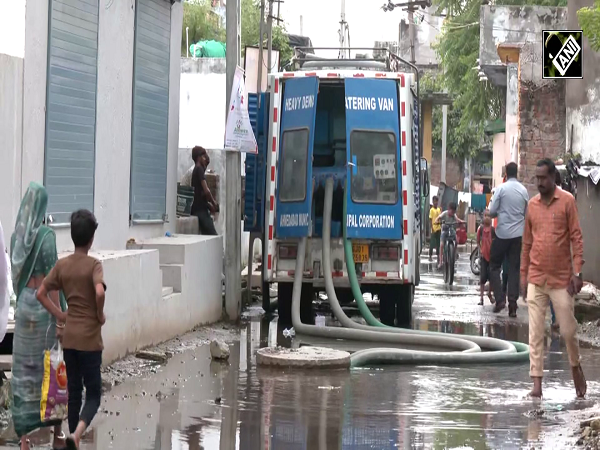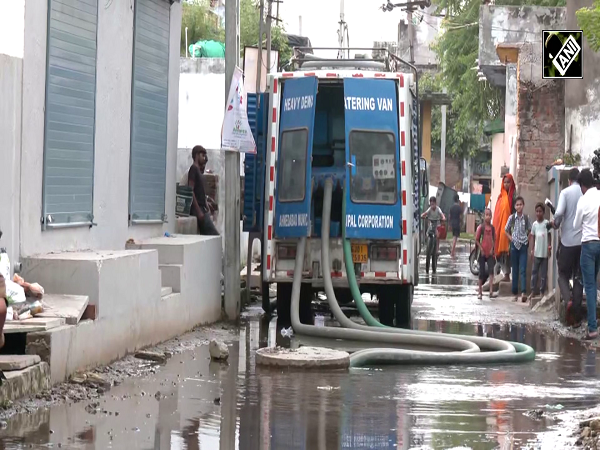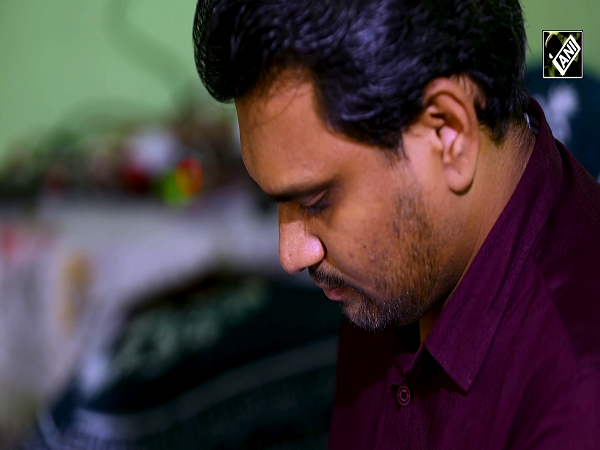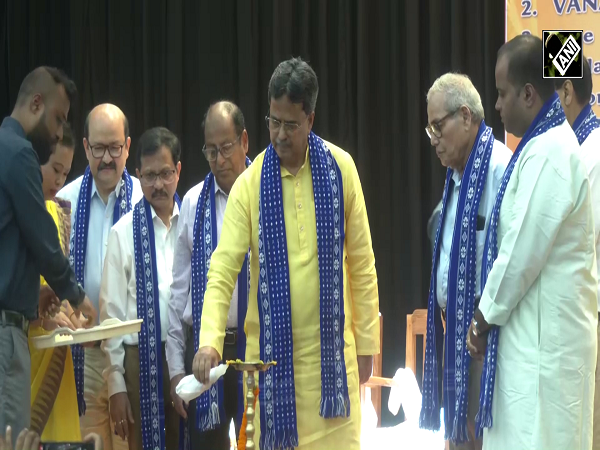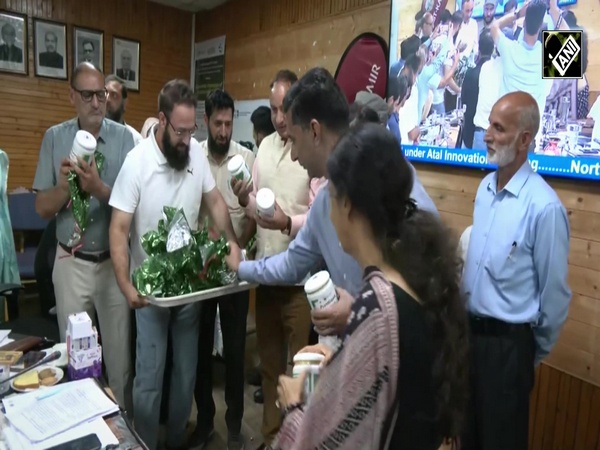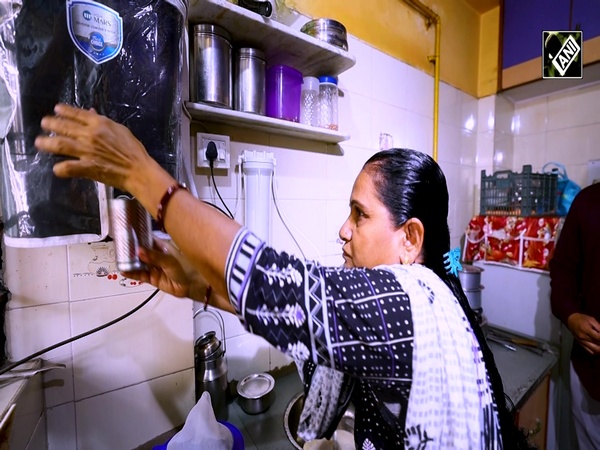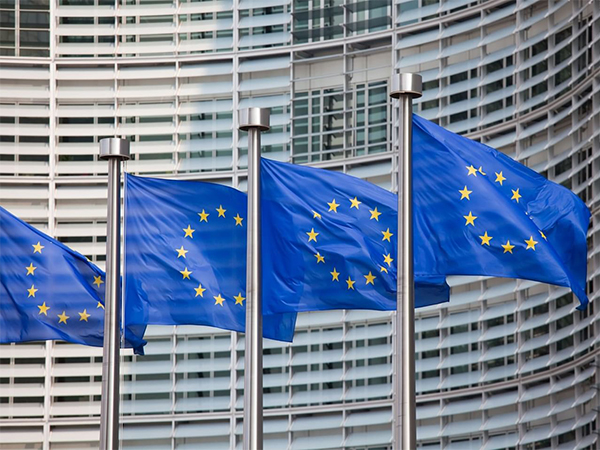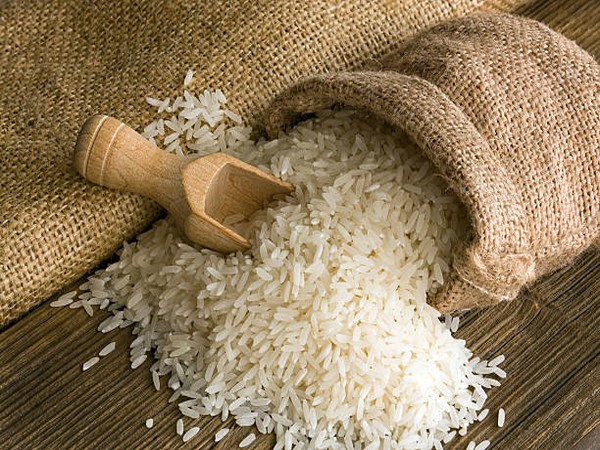
US tariff concerning but strength of Indian economy will help prevail over challenges: Rice Exporters Federation's Dev Garg
Aug 01, 2025
New Delhi [India], August 1 : The US decision to impose 25 percent tariff on Indian goods along with an additional penalty for importing oil from Russia has caused some unease among stakeholders in the agricultural export sector but industry leaders suggest that India's inherent strengths may help sustain the country's competitiveness in global rice markets.
Dev Garg, Vice President of the Indian Rice Exporters Federation (IREF) and Director of Shri Lal Mahal Group, feels there are challenges but he is cautiously optimistic.
He believes the tariff regime, while demanding, could serve as a strategic inflexion point for Indian exporters to regain market share and outmanoeuvre global competitors.
Garg pointed out that rival nations, such as Thailand and Pakistan, are also subject to tariffs, albeit slightly lower at 19 per cent, resulting in a 6 per cent differential that he considers manageable.
Garg emphasised that India's robust economic fundamentals, coupled with record domestic production and an anticipated downward pressure on rice prices, offer key advantages. He argued that this price trend could offset the tariff gap and even create an edge for Indian rice in the U.S. market. If these conditions hold, India may be able to exceed last year's export volumes, potentially shipping over 250,000 metric tons of rice to the United States in the current fiscal cycle.
Additionally, the depreciating rupee and surplus stock levels are expected to bolster India's appeal to international buyers. Garg asserted that, unless the pending penalty turns out to be prohibitive, these supportive factors could strengthen India's position as a reliable supplier in the global market.
"The Tariffs imposed by US Govt is a concerning situation. We will not deny that because US is a major market for India. Last year, we exported about Rs 3,100 crore worth of Basmati and non-Basmati rice to the US market. So far, in the current fiscal year, only Rs 833 crore worth of exports have happened so far. That means there is still a lot of gap to be covered. But the situation is concerning. However, this may be a blessing in disguise because all our competitors, there are two major countries that compete with Indian rice in the US market - Thailand, which is holding about 40% market share and Pakistan, which is holding 12% market share. India's market share is around 30%. Given the fact that the tariffs imposed on Thailand and Pakistan stand at 19% and the tariffs imposed on India is 25%, there is a gap of 6%," he said.
"However, if we look at the fundamentals of Indian economy, today we are looking at a situation where the Rupee has depreciated around Rs 88 to a dollar. We are staring at a situation where we have record surplus stocks in our country and in the coming season, it is a high expectation that there will be deflation on prices. So, this gap of 6% vis-a-vis our competitors is not a very significant gap. If all these situations are right and the Indian market holds its expectations with respect to the deflationary trend of prices, it is expected that we will even surpass last year's figures of Rs 3,100 crores of export. This year, we might export more than 250,000 MT of rice to the US market. So, this situation is concerning but this is a blessing in disguise as this will help us narrow the gap between our competitor nations who do not have the fundamental advantages that our economy does," he added.
As a leading exporter, he describes the current mood among exporters as "business as usual."
The government told the Parliament on Thursday that US President Donald Trump has announced a reciprocal tariff on Indian goods, and it is examining the impact of the recent events and will take all necessary steps to safeguard national interest.
Commerce and Industry Minister Piyush Goyal made a statement in the lower House of Parliament a day after Trump announced the tariff. He later made a similar statement in the Rajya Sabha. Goyal's remarks came a day after the government issued a statement on the US decision to impose tariffs.
On Wednesday, Trump announced the imposition of 25 per cent tariffs on Indian goods and a penalty for importing Russian oil, even as there were hopes of an interim India-US trade that would have otherwise helped avoid elevated tariffs.
Goayl said the Mnistry of Commerce and Industry is holding talks with exporters, industries and all stakeholders and gathering information on their assessment of this issue.
"On April 2, 2025, the US President issued an executive order on reciprocal tariffs...ten per cent baseline duty in effect since April 2025. With a 10% baseline tariff, a total of 26% tariff was announced for India. Full country-specific additional tariff was scheduled to come into effect on April 9 but on April 10 this was extended initially for 90 days and then extended till August 1 2025," Goyal said
"Government gives utmost priority to the safeguarding of welfare of farmers, labourers, entrepreneurs, industrialists, exporters, MSMEs and stakeholders of the industrial sector. We will take all necessary steps to safeguard our national interest. The Government is confident that we will continue our swift journey of inclusive and consistent development towards the goal of Viksit Bharat 2047. Aatmanirbharta ki ore Bharat aatmavishwas se badh raha hai," he added.
The Union Minister said that in less than a decade, India came out of the 'Fragile Five' economies and it has now become the fastest-growing economy in the world.
"On the basis of the hard work of reforms, farmers, MSMEs and industrialists, we have come in the top five economies of the world from the 11th largest economy. It is expected that we will be the third-largest economy in a few years. Today, global institutions and economists see India as a bright spot in the global economy," he said.
Goyal said India and the US started talks for a just, balanced and mutually beneficial Bilateral Trade Agreement (BTA) in March this year, and the goal of this was to finish the first stage of the Agreement by October-November 2025.
In March 2025, India and the US initiated talks for a BTA, with the countries stating that the first tranche would be signed by the fall of 2025. (October-November).Talks took place in New Delhi and the US, and there have also been virtual meetings.
